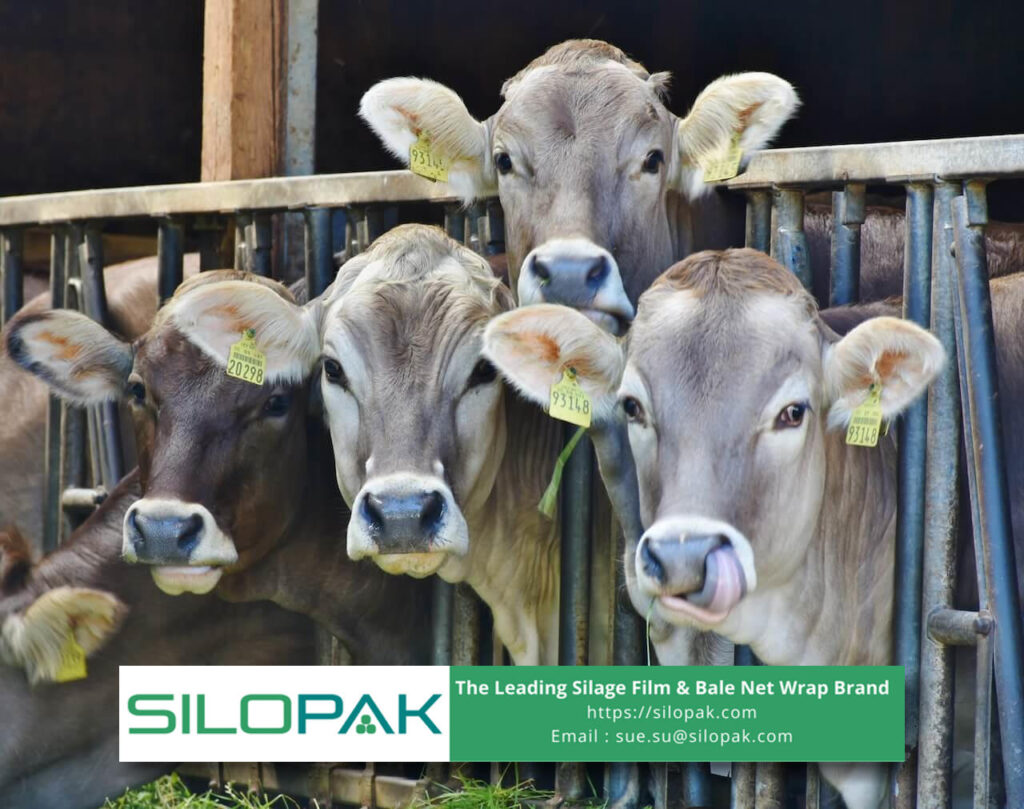
Have you ever wondered what grass-fed cows eat? Many studies have shown how feeding cows can significantly impact the nutritional composition of beef, especially those that feed on grass. That is why the label ‘grass-fed beef’ is known as high-quality meat. Here is some information you need to know.
contents
What Do Grass-Fed Cows Eat?
Given the absence of standard verification, currently, the practice of feeding grass-fed cattle varies and has many different rules depending on where the cows are raised. Nevertheless, breeders agree that grass-fed cows should at least eat the following types of feed.
Grass
The grass in question is a type of fresh grass that is still on the ground and has not been picked by the farmer. Good fresh grass is usually elephant grass or weeds.
Grain
Grain is often an alternative feed or additional feed when the grass is not available. These primarily include field maize, barley, sorghum, and oats, as well as agricultural by-products such as cottonseed and dried distillers grains. Additional grain in the cow’s diet is very good for achieving the desired body weight more quickly because it provides additional fat. The fat will also give the beef its flavor.
Hay
Breeders generally introduce hay after the calf is deemed capable enough to digest other foods besides grass, as it is considered to be mostly identical to fresh grass.
Hay is animal feed that comes from forage and is preserved by drying it in the sun or using a machine. This drying process aims to reduce the water content to a brief 15-20 percent so that the forage does not grow fungus when stored. The main purpose of making hay is as a feed reserve that remains nutritious in the lean season. In addition, hay also functions to store excess production of animal feed while at the same time utilizing agricultural residue.
Criteria for good hay, such as having leaves that are still intact and green in color, indicate a good manufacturing process. For optimal hay yields, breeders are advised to use high-quality bale wrap nets, especially during the drying and curing periods for the hay preservation.
Silage
Silage is forage and other organic materials, such as agricultural waste which are fermented to preserve nutrients while extending their shelf life as feed reserves for livestock.
Compared to hay, silage is considered to have more advantages. Among them are more economical, more nutritious, not easily damaged, have a good taste, and are better for the digestion of cows. The cow’s body has a digestive part called ‘the rumen’, which functions to ferment food. By being fed fermented silage, it will be easier for livestock to digest it.
What Are Grass-Fed Cows?
Although not clearly defined, grass-fed cows refer to the way of raising beef cattle that are 100 percent raised on grass feed. However, because there has been no standard verification, so far, no cattle have been fully fed grass. It can be concluded the labeling of grass-fed cows applies to types of cows that are fed grass as the main food, but with the addition of other feeds that are considered equally nutritious, especially in winter.
If traced from birth, most cows will start life the same way. They are suckled from their mother, then allowed to roam freely, eating fresh grass and other plants that can be found around them for about 7-9 months.
After reaching a certain weight, generally, the cattle will be transferred to the feed yard or feedlots (feeding area). Large feedlots are also known as animal feeding operations (AFOs) or concentrated animal feeding operations (CAFOs). There the cows will be cared for and fattened for several months before being slaughtered. They are fed a grain-heavy diet such as corn or soybean feed and placed in cages with limited space, aka locked up.
However, there are also conventional farms that do not strictly raise cattle in feedlots. Even some traditional farms still apply livestock-friendly methods, namely letting the cows roam freely on the pasture even though they are given other food besides grass. Cattle raised in this way are called pasture-raised.

Why are Grass-Fed Cows Considered High-Quality?
The grass-fed method is considered to be of high quality because what grass-fed cows eat provides more benefits for humans and nature than other methods, such as grain fed. Some studies prove this.
Provides Environmental Benefits
The grass-fed method provides environmental benefits because the energy required is much less. For example, when cows are fed corn, there will be corn farming which is not very good for the environment because it relies on oil-based chemical fertilizers.
In addition, the grass-fed method promotes biodiversity because grassroots help nourish the soil unlike the case with most grain roots that instead cut soil nutrients.
Good For Cows
The grass-fed method allows cattle to get out of the often dirty and cramped feedlots. When in the wild, cows tend to be less stressed and eat more, so they don’t need additional growth hormone. As a result, grass-fed cows tend to have healthier meat and are more enjoyable to eat.
Highly Nutritious
According to research, what grass-fed cows eat makes them have meat higher in desirable fatty acids like omega-3s, cancer-fighting conjugated linoleic acid (CLA), and important nutrients like magnesium, potassium, and vitamin D.
